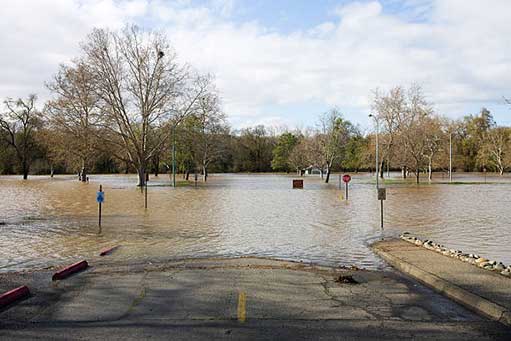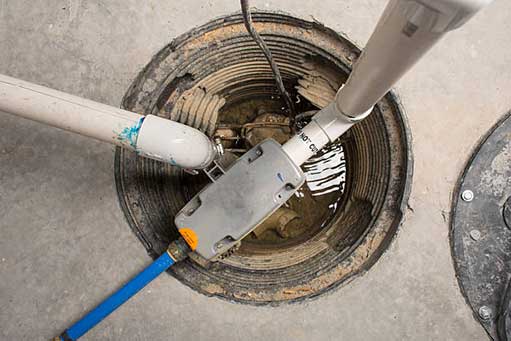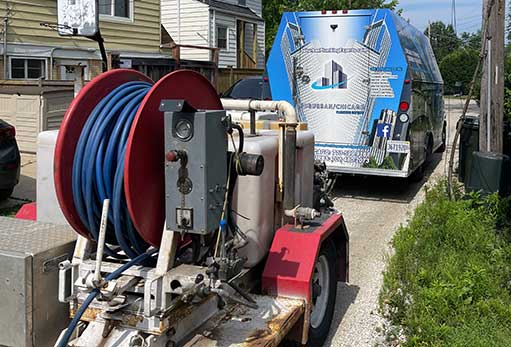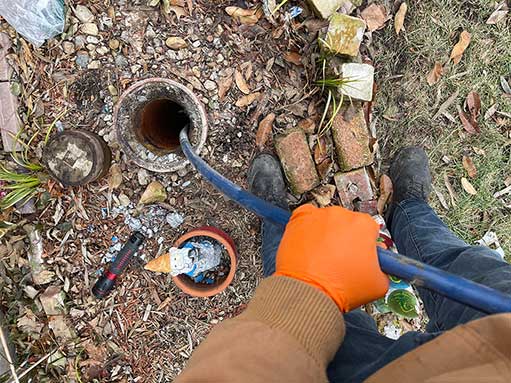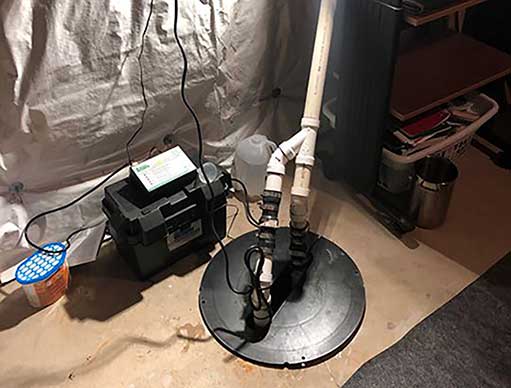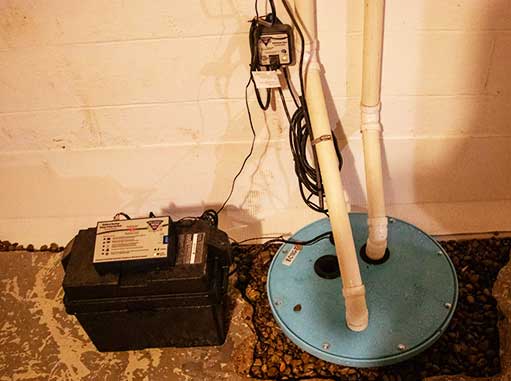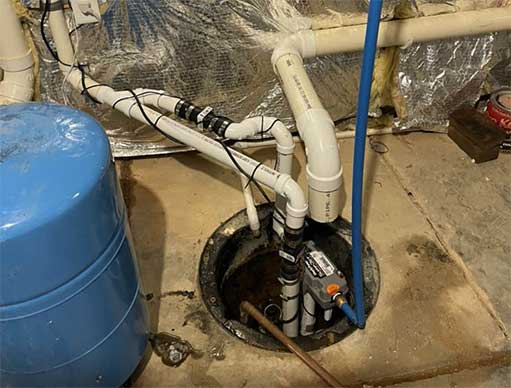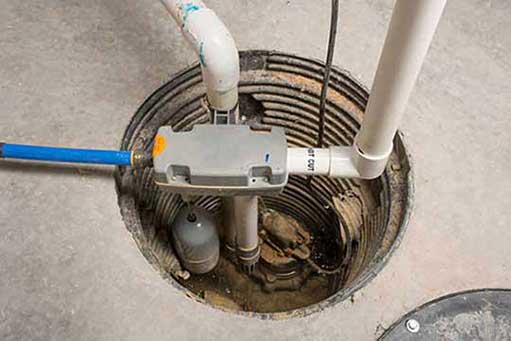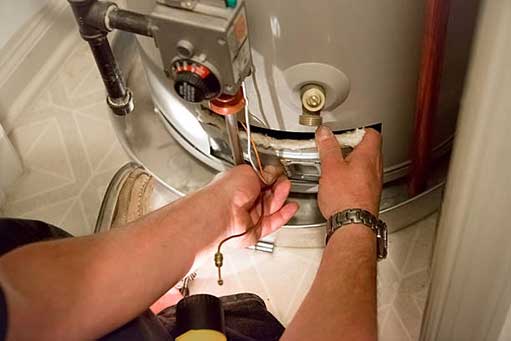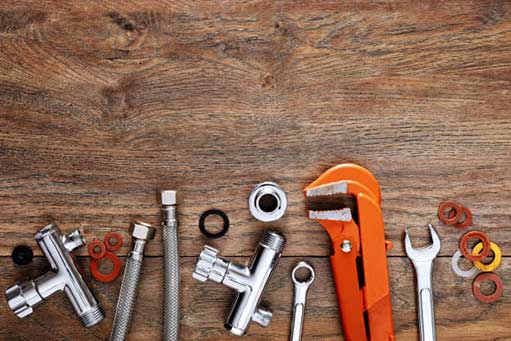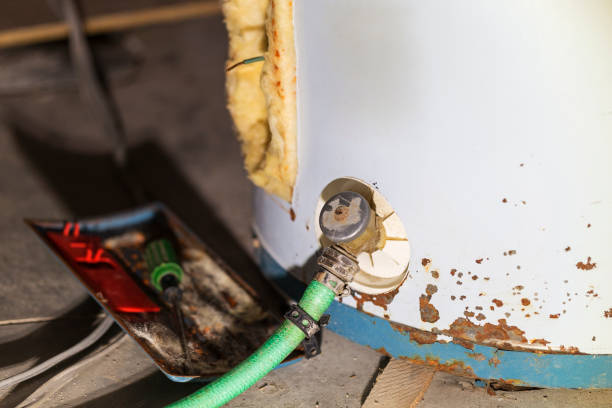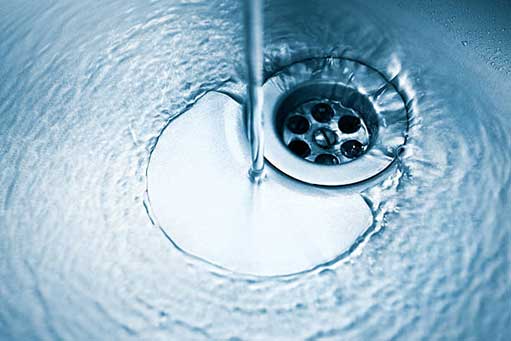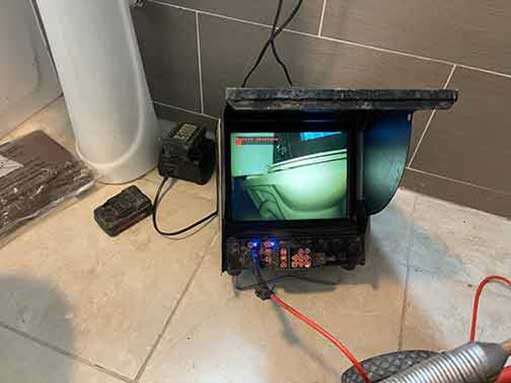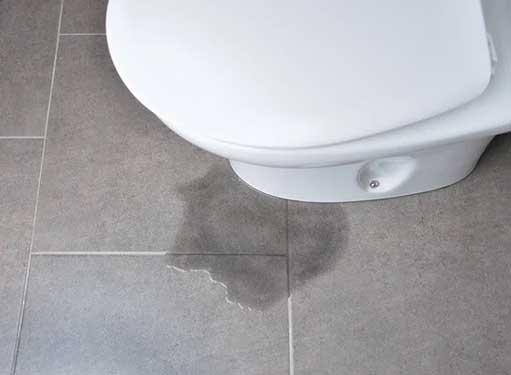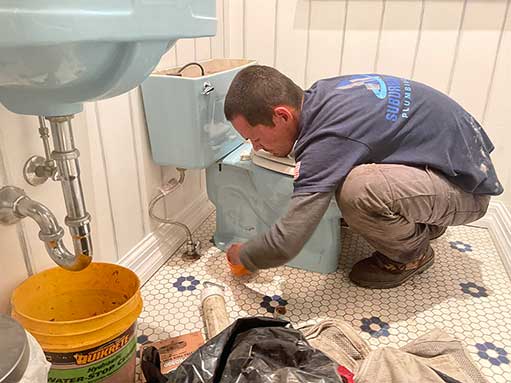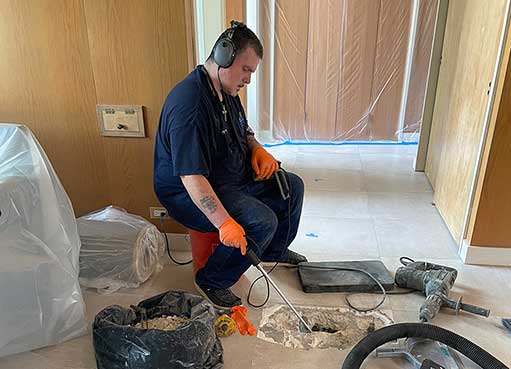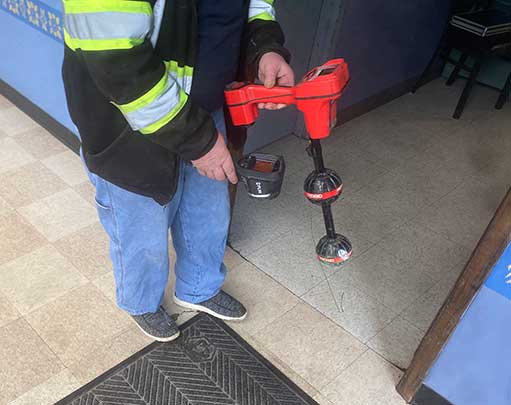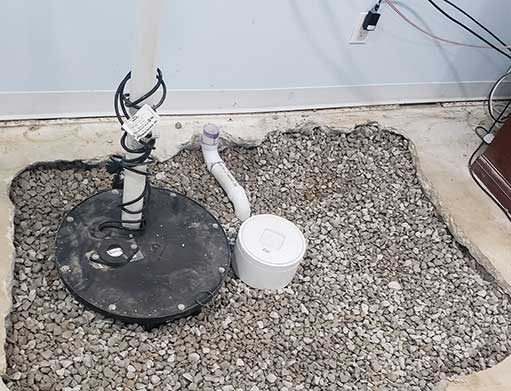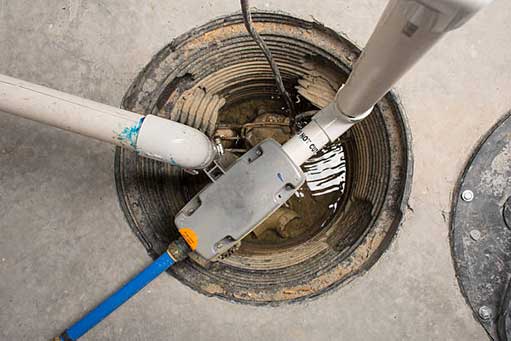
In this bustling city known for its vibrant culinary scene, restaurant owners and managers understand the importance of maintaining a smooth operation. Plumbing issues can quickly disrupt the flow of business, leading to costly downtime, customer dissatisfaction, and potential health code violations. That’s where professional plumbing services come in. With their expertise and timely solutions, they can play a crucial role in enhancing the efficiency of restaurants in Chicago.
The Importance of Reliable Plumbing
Before we delve into the ways professional plumbers can help improve efficiency, let’s first emphasize the significance of reliable plumbing in restaurants. In a busy kitchen environment, where food is prepared, dishes are washed, and cleaning takes place, robust plumbing systems are essential.
A poorly functioning plumbing system can cause a variety of problems, such as:
- Drain clogs: A clogged drain can disrupt kitchen operations and lead to unpleasant odors and unsanitary conditions.
- Leaking faucets: Wasting water not only impacts the environment but also increases utility bills for restaurants.
- Low water pressure: Inadequate water pressure can hinder dishwashing and general cleaning tasks, slowing down operations.
- Water heater issues: Restaurants require hot water for cooking, cleaning, and proper sanitation. Malfunctioning water heaters can severely impact productivity.
Now, let’s explore how professional plumbing services can address these challenges and contribute to improved efficiency.
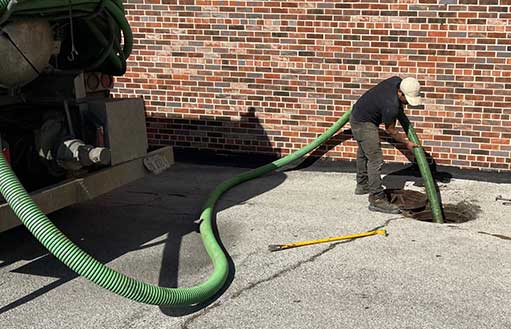
By utilizing advanced techniques and tools, professional plumbers can effectively remove stubborn clogs, ensuring smooth drainage in sinks and floor drains.
Expertise and Prompt Solutions
Professional plumbers in Chicago have extensive knowledge and experience in dealing with restaurant plumbing needs. They understand the unique requirements and challenges that arise in commercial kitchen settings. When faced with plumbing issues, they can quickly diagnose the problem and recommend the most appropriate solutions.
These experts can efficiently handle tasks such as:
- Drain cleaning and unclogging: By utilizing advanced hydro jetting services, professional plumbers can effectively remove stubborn clogs, ensuring smooth drainage in sinks and floor drains.
- Fixture repair and replacement: From leaky faucets to malfunctioning toilets, professional plumbers can repair or replace fixtures promptly, avoiding any disruptions in daily operations.
- Pipe maintenance and repair: Expert plumbers can inspect commercial plumbing systems, identify potential issues, and perform necessary repairs or replacements to prevent leaks or bursts.
- Water heater installation and maintenance: Professionals can ensure optimal performance and energy efficiency by installing and replacing water heaters specifically designed for restaurant use.
Preventive Maintenance
In addition to addressing immediate plumbing concerns, professional plumbing services can play a proactive role in improving efficiency by conducting regular preventive maintenance. By scheduling routine inspections and maintenance checks, plumbers can identify and address potential problems before they escalate.
Benefits of preventive maintenance include:
- Reduced risk of major plumbing emergencies: Regular inspections can help spot minor issues that, if left unattended, could lead to significant disruptions and costly repairs.
- Extended lifespan of plumbing systems: Well-maintained pipes, fixtures, and water heaters are less likely to fail prematurely, ensuring a reliable plumbing system for years to come.
- Improved water quality: Professional plumbers can implement water treatment measures to ensure the water used in restaurant operations is clean and free from contaminants.
- Energy efficiency: By optimizing plumbing systems, professional plumbers can help restaurants conserve water and energy, leading to substantial cost savings.
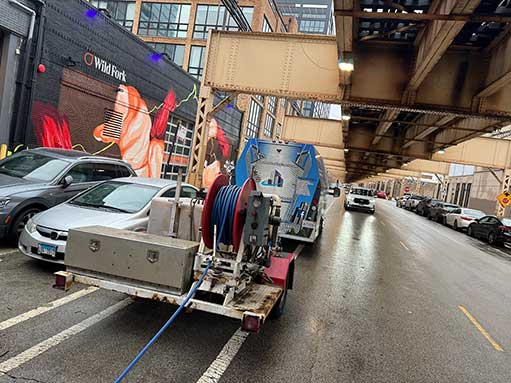
Reliable plumbing services understand the urgency in emergency situations and strive to reach the restaurant as soon as possible.
Emergency Services
Despite the best preventive measures, emergencies can still occur in restaurants. Burst pipes, gas leaks, or serious drain blockages require immediate attention to mitigate damage and ensure the safety of staff and customers. Professional Chicago plumbers are equipped to handle such emergencies promptly.
When emergencies strike, professional plumbers:
- Respond quickly: Reliable plumbing services understand the urgency in emergency situations and strive to reach the restaurant as soon as possible.
- Provide effective solutions: With their expertise, plumbers can diagnose the issue and implement appropriate solutions to minimize the impact on operations.
- Ensure compliance with regulations: Professional plumbers are knowledgeable about local building codes and health regulations, ensuring that emergency repairs meet the necessary standards.
- Offer 24/7 availability: Emergencies don’t adhere to a schedule, which is why many emergency plumbers in Chicago are available round the clock to assist restaurants in times of crisis.
Cost Savings and Efficiency
Investing in professional plumbing services can lead to significant cost savings in the long run. While it may seem like an additional expense, the benefits far outweigh the initial investment. Efficient plumbing systems contribute to overall operational efficiency, resulting in:
- Reduced downtime: By promptly addressing plumbing issues and conducting preventive maintenance, restaurants can minimize disruptions, allowing them to focus on serving customers.
- Enhanced productivity: With reliable plumbing, staff can perform their tasks without unnecessary delays caused by low water pressure, clogged drains, or faulty fixtures.
- Lower utility bills: Efficient plumbing systems conserve water and energy, leading to reduced utility costs over time.
- Prevention of costly repairs: Early detection of plumbing problems can prevent them from developing into major issues that require extensive repairs.
- Positive customer experience: The smooth operation of plumbing systems contributes to a pleasant dining experience, increasing customer satisfaction and loyalty.
Efficiency is paramount in the highly competitive restaurant industry, and reliable plumbing plays a crucial role in achieving it. By partnering with professional plumbing services in Chicago, restaurant owners and managers can ensure their plumbing systems operate smoothly, minimizing disruptions and maximizing productivity. Whether it’s addressing immediate plumbing concerns, conducting preventive maintenance, or handling emergencies, these experts can provide the expertise and prompt solutions that contribute to improved efficiency and cost savings. So, don’t overlook the importance of professional plumbers when it comes to running a successful restaurant in Chicago.
—
